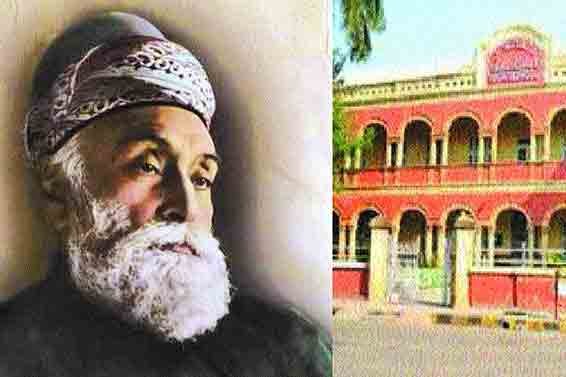Paving the way for young Zoroastrian women | Faith Matters
As perhaps the oldest, though smallest, monotheistic world religion, Zoroastrianism’s patriarchy also influenced Judaism, Christianity and Islam. Women were second-class citizens and frozen out of leadership roles.
But even in Zoroastrianism, some women are claiming their rights to become priests today.
“Some rules are man-made, and men keep them,” said Khorshed Mehta, 73, a retired vice president of Chase Bank. “Men and women are considered equal and that is important,” she asserted.
Mehta, of Monroe Township, is among a group of women in the tri-state area attached to the Zoroastrian temple in Pomona, New York, taking the first steps to become priests and assume other leadership roles.
Narges Kakalia, 47, a commercial litigator from South Orange, noted that most Zoroastrians pray individually in the temple while priests, or mobeds, conduct certain rituals. They usually gather the first Sunday of the month and remain for three hours or so. Religion classes take place separately for children and she teaches pre-kindergarten children. Parents or adults also spend time in a faith formation program at the same time. A communal meal follows shared by several hundred people.
Many Zoroastrian rituals are practiced daily in the home personally and sometimes with the family and others present.
“There is no hierarchy,” Kakalia said, which makes it difficult to hand down directives for the community.
There is an organization, though, attached to the Pomona temple that handles its temporal affairs and organizes activities. Its acronym is ZAGNY — Zoroastrian Association of Greater New York — and for the second time a woman, Khursheed P. Navder, is its president.
“I have had the pleasure of serving on the ZAGNY board since 2005, and this year I am humbled to have the opportunity to serve as its second female president for the 2020-23 term,” the Montville resident said..
The first woman, Ivy Farrokh Gandhi, led the congregation 36 years ago.
Navder, 57, is a professor, chair of the nutrition program and director/dean of the Hunter College School of Urban Public Health. She grew up in India up seeing girls and boys being treated equally with no discrimination whatsoever in Zoroastrianism, she said.
“There is no gender prejudice and girls have their navjote (or Confirmation) ceremonies performed,” she noted.
Navder also said she was thrilled to see women priests starting to officiate at their religious events. This year during Muktad — a 10-day period when Zoroastrians believe the souls of their dear departed visit the earth — Mehta recited the prayers and performed the 90-minute religious ceremony at ZAGNY.
Zoroastrians take their daily prayer rituals seriously and believe it influences their lives.
Mehta said that “all prayers have vibrations and when you pray you give out good vibrations.”
At somebody’s birth or wedding, prayers “keep evil spirits away,” she said.
There are about 100 children who go to the Pomona temple for religion classes. Kakalia gathers the little ones in a circle to say a little prayer and then shares some concepts about God given by the prophet Zoroaster (Zarathrustra in ancient Persian).
Most of what is known about Zoroaster comes from the Avesta — a collection of Zoroastrian religious scriptures. It’s unclear exactly when Zoroaster may have lived but scholars pinpoint sometime between 1500 and 500 B.C. This religion was likely similar to early forms of Hinduism.
In Western religions, women are clamoring for equality and since feminism rose, there have been achievements. I found Mehta to be a refreshing trailblazer after a successful career in banking working to claim a place in the religion she cherishes.
“We are not taking the (male) priest’s place but as a help to them,” she said.
There is still resistance in Zoroastrianism but Mehta promised, “My mission is done when younger women come along.”





